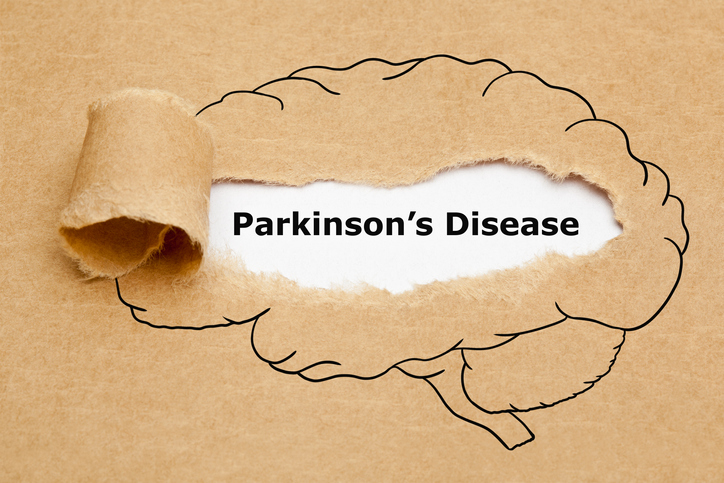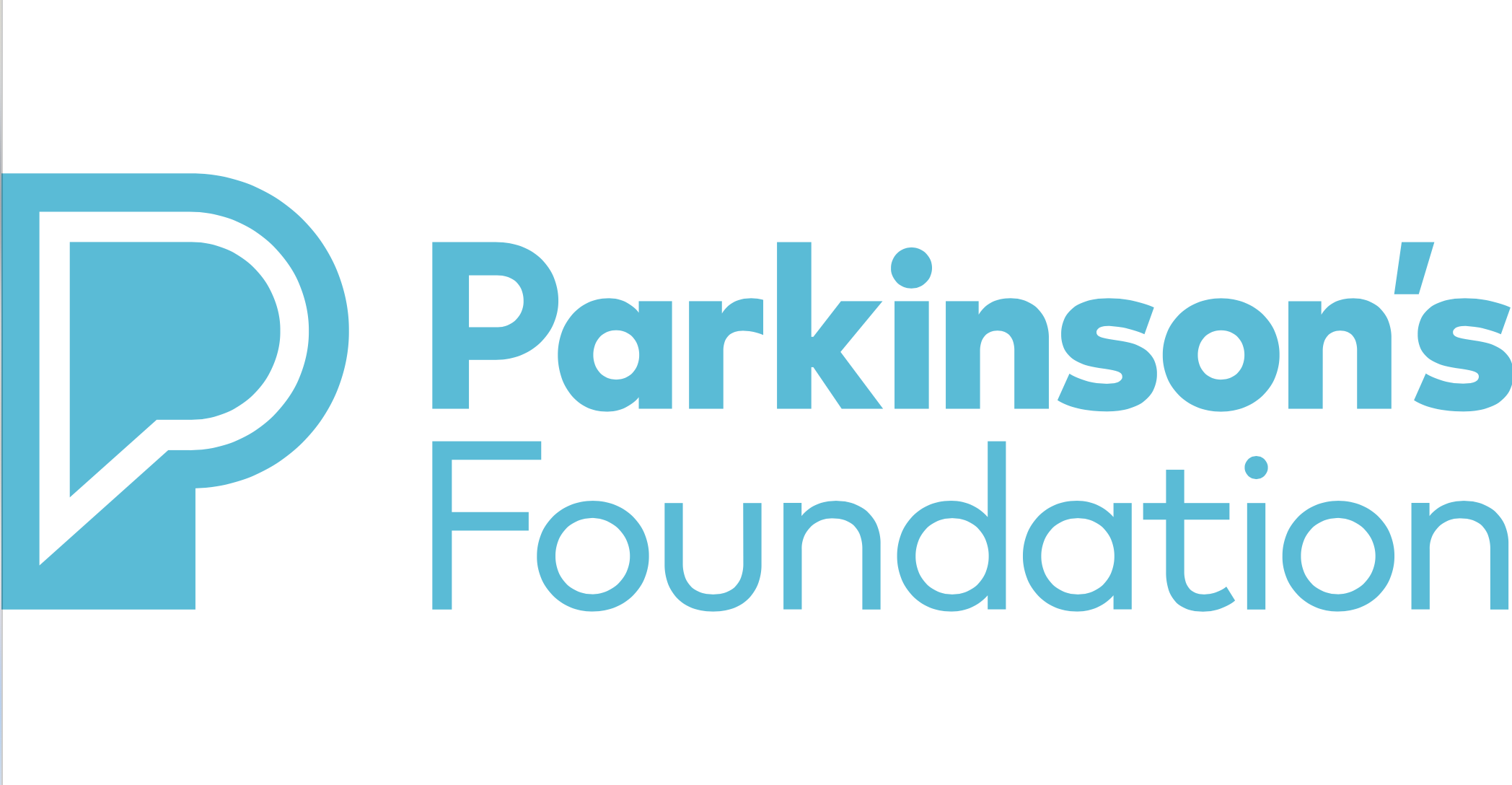Parkinson's Disease How the disease develops and why exercise may help with the impact
There’s been a lot of research into Parkinson’s, but so far, doctors aren’t sure of the exact cause. They do know that if you have the illness, the trouble starts in some of your brain cells.
In an area of your brain called the substantia nigra, cells that make the chemical dopamine start to die. Dopamine has an important job to do. It acts like a messenger that tells another area of your brain when you want to move a part of your body.
When the cells that make dopamine start to die, your dopamine level drops. When it gets too low, you can’t control your movements as well and you start to get Parkinson’s symptoms.
No one knows what triggers the death of those cells. Scientists think it’s your genes and environment working off each other in a way we don’t understand.
(Reference: WEBMD)

How the disease develops and how fast it develops can, to a significant degree, be impacted by the right kind of exercise.
The discovery that our brains are neuroplastic is great news for PD sufferers, because if given the right stimulus you can halt, (and in some cases, reverse) the symptoms of the disease.
What is the right stimulus?
Research suggests that high intensity exercise actually helps the nerve terminals to use the dopamine that remains more effectively.
It is also known that vigorous exercise increases the production of the protein Brain Derived Neurotrophic Factor(BDNF) which facilitates the growth of new neurons and new neural pathways.
When you combine the role of exercise in protecting the dopamine you have with the ability to use it more effectively – all of which decreases the risk of neurodegeneration, you can see why exercise is highly recommended. To gain the benefits of protection and more effective use of dopamine, the exercise must be of a higher intensity than just walking or low level exercise.
(Above information taken from Parkinson’s Pro course from EAM training for exercise professionals. Course completed earlier this year. )
This is why it is so important to start an exercise program as soon as you can after diagnosis. The earlier you start regular intense exercise the greater your gains will be and the longer you will be able to halt the progression of symptoms.
It is recommended that you exercise at least 6 days a week for at least half an hour, so attending an exercise class 2-3 times a week would be highly beneficial.
Option 1
A general class for those that have very minor symptoms and want to continue to exercise at a more intense level.
This class will include a variety of equipment:
Weights
Circular Bands
Mini rollers
Full rollers
Small balls
Large exercise balls
Long bands
Pilates rings
Variety of equipment for games
Functional exercises that mimic daily activities
Great music
Fun!!
The aim of this class will be to work on posture, balance, strength, agility, core and multi-tasking and cardio health. A good formula to encourage the brain to make new neural pathways and use the dopamine you have more effectively.
The RPE (rate of perceived exertion) scale is used so you can work out how hard you are working. The aim is to be working at a 7-8 out of 10 level for a portion of the class to achieve positive results. It may take some time to be able to work at this level, but it is a goal to set and strive for.
This class will be very similar to my general over 50’s exercise class, so you would always have the option of joining one of my existing classes if you were unable to attend one of the Parkinson’s specific classes.
Option 2
A class focused on drills and activities to improve skills that are becoming a struggle.
This class includes items from those below:
Walking skills – heel strike, balance, posture
Lose the shuffle and walk with confidence
Posture and balance, stand tall
Agility and multi-directional movements
Fine motor skills – brain challenges
Multi-tasking – challenges
Dancing – learning patterns
Working on bradykinesia and hypokinesia
Big moves – open up
Improve your speed of movement
Strength training using bands and weights
Core strength
Stretching to help with rigidity and inflexibility
Strategies for helping with festination and freezing
Set some achievable goals and celebrate every success
Improve your mood and your cardio health with higher intensity exercise working at 7-8 out of 10 to make gains
Feel better mentally, be more positive
Fun – social interaction
What am I offering?
Parkinson’s classes
Classes for those with early to moderate stage Parkinson’s.
The focus of these classes is to maintain and improve the skills you have, and work on the ones you are struggling with.
The classes are one hour – 50 minutes of exercise and 10 minutes of stretching and flexibility.
Two different levels of class will be offered.
What Next? Book an assessment
Before you join a class there will be an assessment. If you have already completed some tests with your specialist, then these results can be used. The idea of various tests is to see what your abilities are currently, and what is beginning to become an issue. This allows me to design the classes to include exercises that will help you with problem areas.
At the time of assessment, some goals can be set and these will be reviewed regularly along with your progress.
Assessment will take up to one hour, or longer if more tests needed.
- Assessment cost is $50.
- Classes cost $15 per session. A 10-class card is the preferred way of payment. Internet banking, eftpos payment, or cash accepted.
- 24 hour cancellation policy applies.
- No joining fees or contracts.
Resources for you Articles and references to help those with Parkinson's
Your First Class is Free!
Simply enter your email to sign up for our featured packed Fitness Newsletter and get your Free Class Voucher (valued at $15) sent to you immediately.

